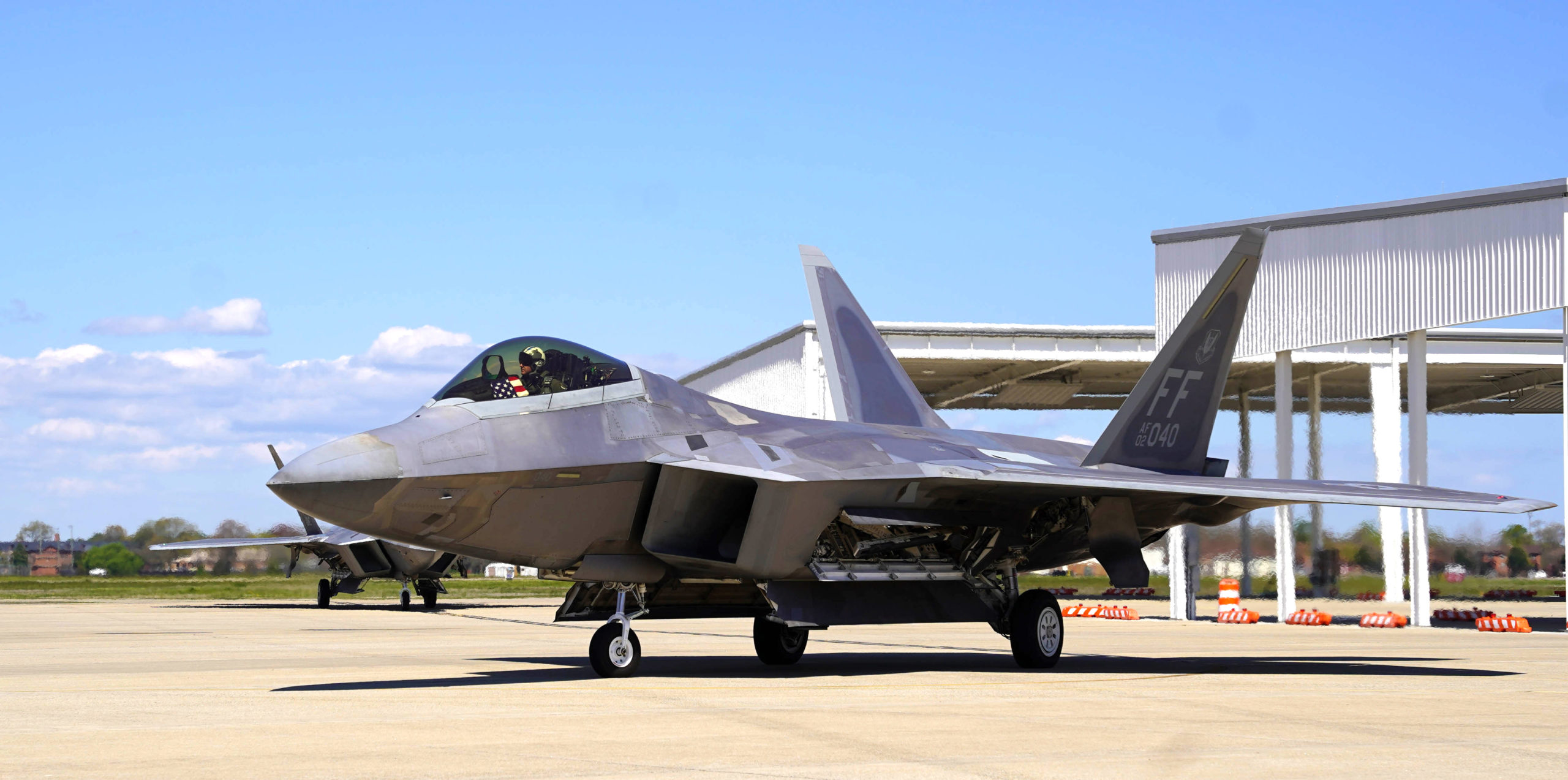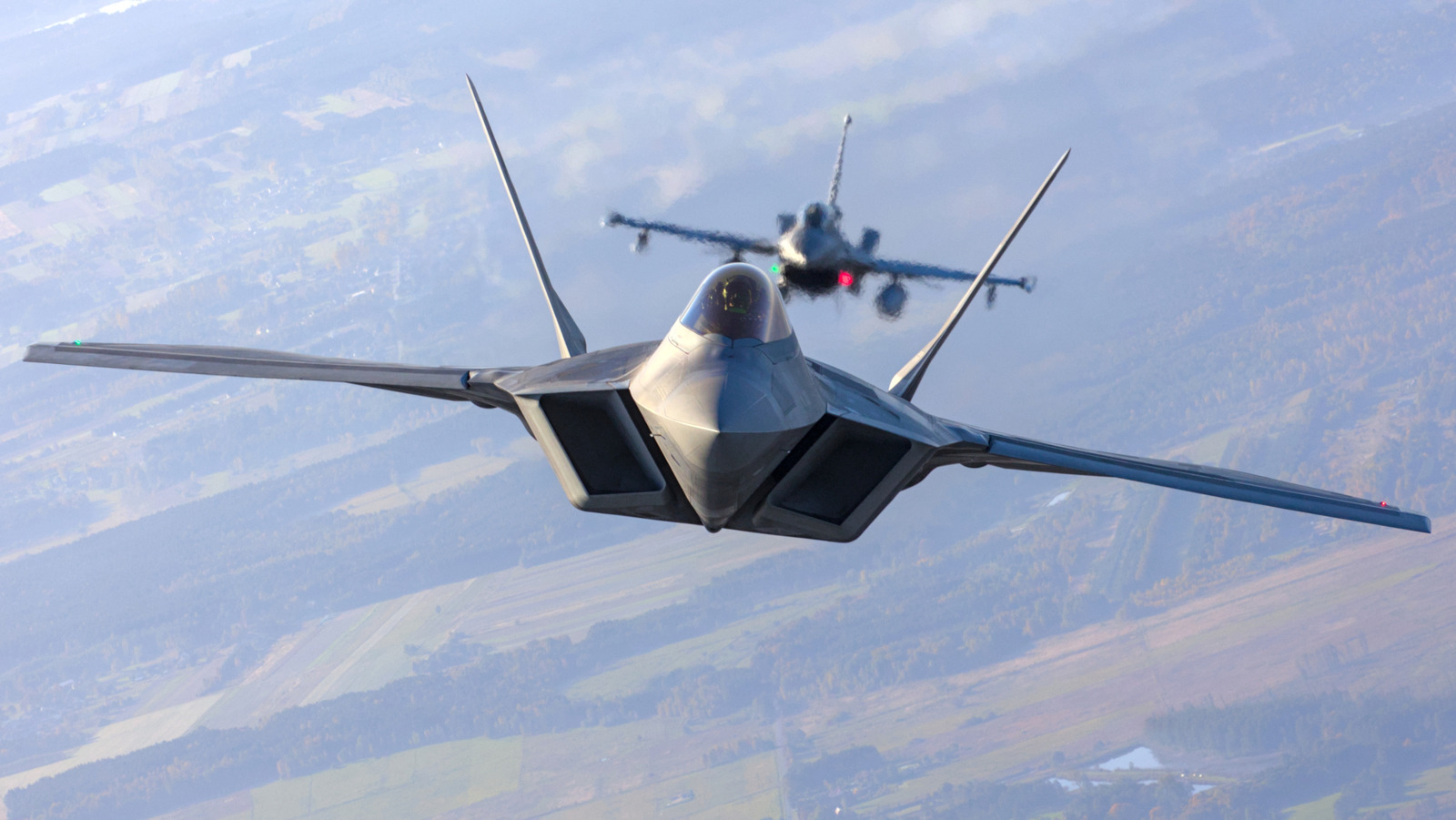Insight into the F-22 Raptor Pricing and More: A Deep Dive
The F-22 Raptor. Its name alone conjures images of stealth, air superiority, and cutting-edge technology. Considered by many to be the most advanced fighter jet in the world, the Raptor has dominated the skies since its introduction. But beyond its impressive combat capabilities lies a complex story of development, production, and, of course, cost. This article will delve into the F-22 Raptor’s pricing, exploring the factors that contribute to its high price tag and providing a comprehensive overview of this iconic aircraft.
The Astronomical Cost of Air Superiority: F-22 Raptor Pricing Breakdown
The F-22 Raptor is not just a complex piece of machinery; it’s a technological marvel. Unsurprisingly, this comes with a significant price. Understanding the F-22’s cost requires breaking down the various components that contribute to its final price tag.
- Development Costs: A substantial portion of the overall expense is allocated to research, development, and testing. This includes the initial design, prototyping, and rigorous evaluation of the aircraft’s systems.
- Production Costs: Manufacturing the F-22 involves highly specialized materials and intricate processes. This includes the integration of advanced radar systems, stealth technology, and complex avionics.
- Materials: The use of titanium alloys, composite materials, and specialized coatings, crucial for stealth and performance, are inherently expensive.
- Labor: The skilled workforce required to assemble and maintain the F-22 demands high wages, further contributing to the overall cost.
- Software and Systems Integration: The complex software and integrated systems that control everything from flight to weapons delivery represent a considerable investment.
- Obsolescence Management: Keeping the F-22’s systems updated and compatible with evolving threats requires ongoing investment in upgrades and maintenance.
The Price Tag: The exact cost of an F-22 Raptor is subject to debate due to various accounting methods and inflation. However, it’s widely accepted that the unit cost, including development, production, and associated expenses, was around $339 million (USD) per aircraft when production ceased in 2011.
Beyond the Initial Cost: Ongoing Expenses of Owning an F-22
The initial price tag is only the beginning. Maintaining and operating the F-22 Raptor involves substantial ongoing expenses.
- Maintenance: The F-22 requires extensive and specialized maintenance to ensure its operational readiness. This includes regular inspections, repairs, and replacements of components.
- Fuel: The Raptor’s powerful engines consume a significant amount of fuel, making it an expensive aircraft to fly.
- Pilot Training: Training pilots to fly the F-22 is a costly and time-consuming process.
- Upgrades and Modernization: To remain relevant in a rapidly evolving threat environment, the F-22 requires periodic upgrades to its systems and software.
- Spare Parts: Sourcing and storing spare parts for a specialized aircraft like the F-22 is a significant logistical and financial undertaking.
The F-22 Raptor’s Capabilities: Justifying the Investment
Despite its high cost, the F-22 Raptor offers unmatched capabilities that justify its investment, at least from a strategic standpoint.
- Air Superiority: The F-22 is designed to dominate the skies, utilizing a combination of stealth, speed, maneuverability, and advanced weaponry.
- Stealth Technology: The Raptor’s stealth design reduces its radar cross-section, making it difficult to detect and track.
- Advanced Avionics: The aircraft is equipped with cutting-edge radar, electronic warfare systems, and data-linking capabilities.
- Supercruise: The F-22 can fly at supersonic speeds without using afterburners, extending its range and reducing fuel consumption.
- Weapons Systems: The Raptor can carry a variety of air-to-air and air-to-ground missiles, providing a versatile strike capability.
The Decision to End Production: Factors and Consequences
Production of the F-22 Raptor ended in 2011. Several factors contributed to this decision:
- Rising Costs: The escalating cost of the F-22 became a significant concern, particularly in light of budget constraints.
- Limited Operational Role: The focus shifted towards counter-insurgency operations, where the F-22’s advanced capabilities were less relevant.
- Focus on the F-35: The development of the F-35 Lightning II, a multi-role fighter, was prioritized, aiming to replace multiple aircraft types.
The decision to end production has also resulted in consequences:
- Limited Fleet Size: Only 195 F-22 Raptors were produced, resulting in a relatively small fleet.
- Ageing Fleet: The existing F-22 fleet is aging, requiring ongoing maintenance and upgrades to maintain its operational effectiveness.
- Export Restrictions: The F-22 is not available for export, limiting its availability to other countries.
Conclusion: A Legacy of Air Dominance
The F-22 Raptor represents a pinnacle of aerospace engineering. While its high price tag remains a point of discussion, the aircraft’s capabilities and contributions to air dominance are undeniable. Understanding the cost of the F-22 is crucial for appreciating the complexities of modern military technology and the strategic decisions behind its development and deployment. The F-22 Raptor remains a symbol of air superiority, even as the landscape of military aviation continues to evolve.
Frequently Asked Questions (FAQs)
- Why is the F-22 Raptor so expensive? The high cost is due to a combination of factors, including advanced materials, complex manufacturing processes, sophisticated avionics, and ongoing maintenance requirements.
- How does the F-22’s stealth technology work? The F-22’s stealth capabilities are achieved through a combination of features, including its shape, radar-absorbent materials, and design choices that minimize its radar signature.
- Can the F-22 Raptor be exported? No, the F-22 Raptor is not available for export. This is due to concerns about protecting its advanced technology.
- What is the F-22’s primary mission? The F-22’s primary mission is air superiority – to gain and maintain control of the airspace.
- What is the F-35 Lightning II, and how does it relate to the F-22? The F-35 Lightning II is a multi-role fighter designed to replace several older aircraft types. It was developed in part to address the need for a more affordable and versatile aircraft, and production of the F-35 was prioritized over continued F-22 production.




